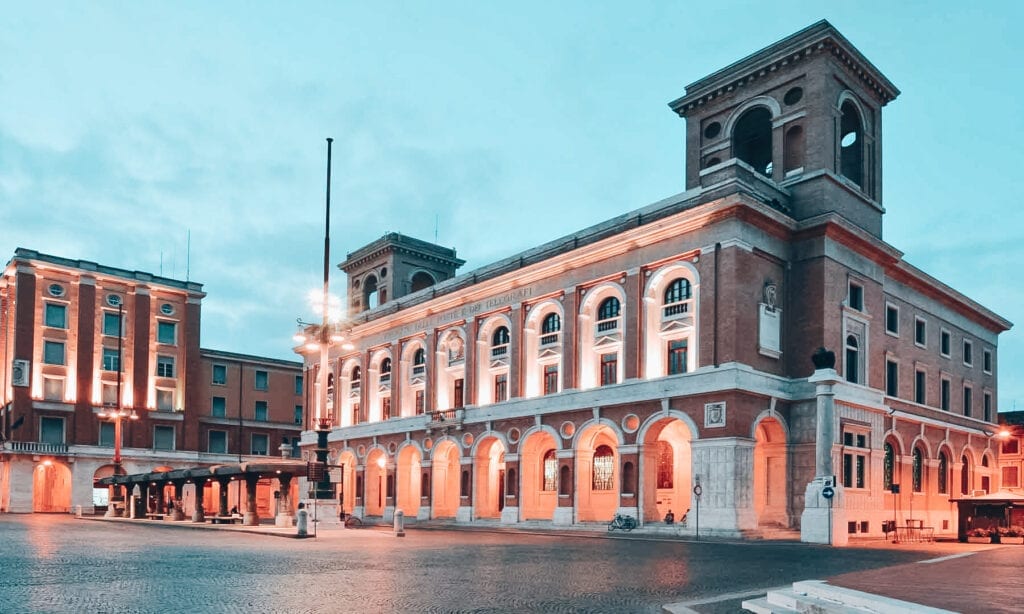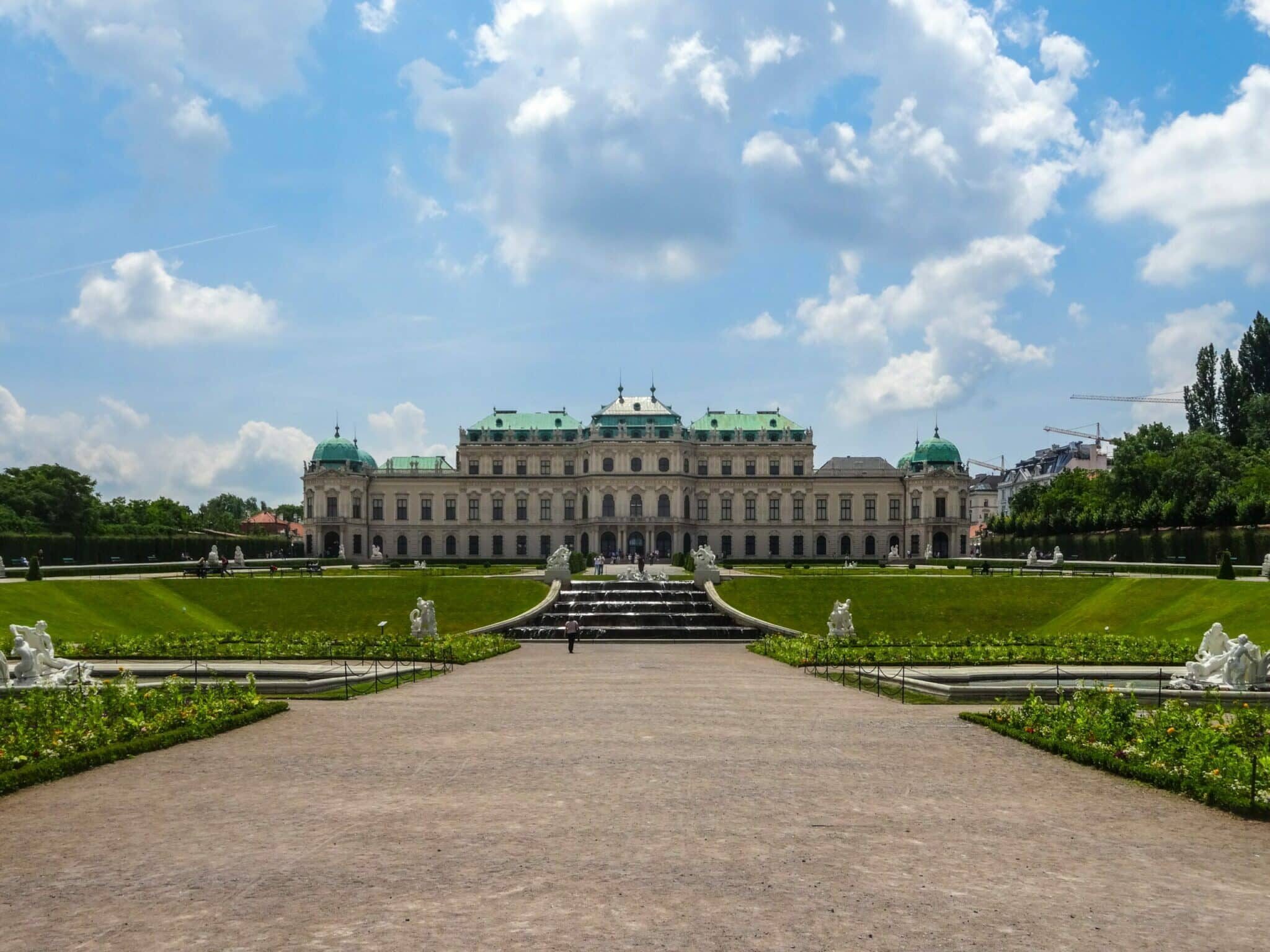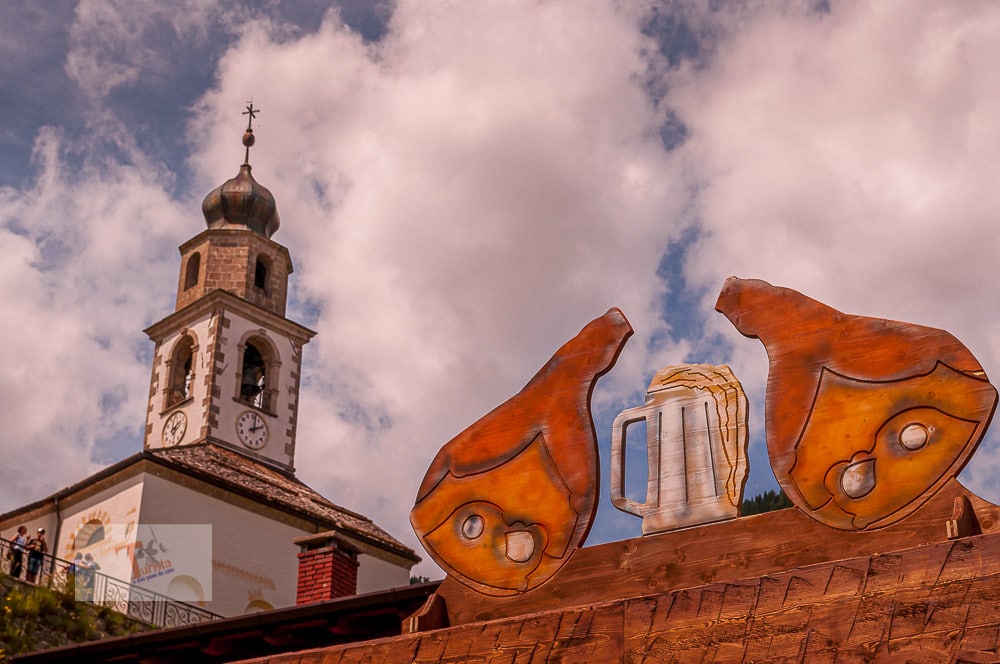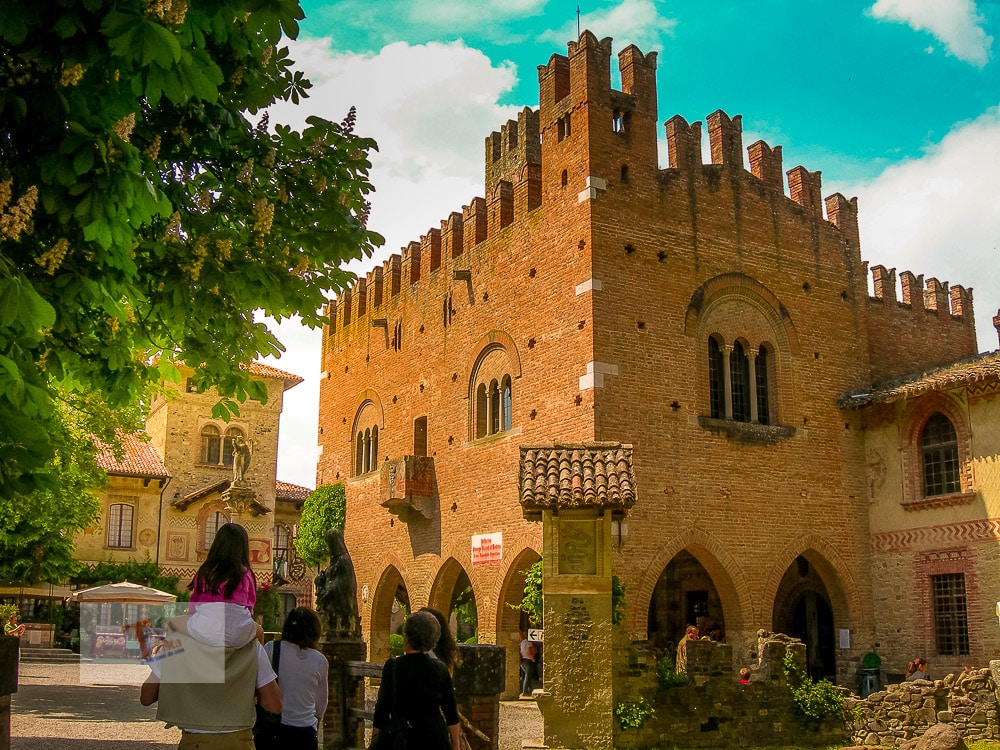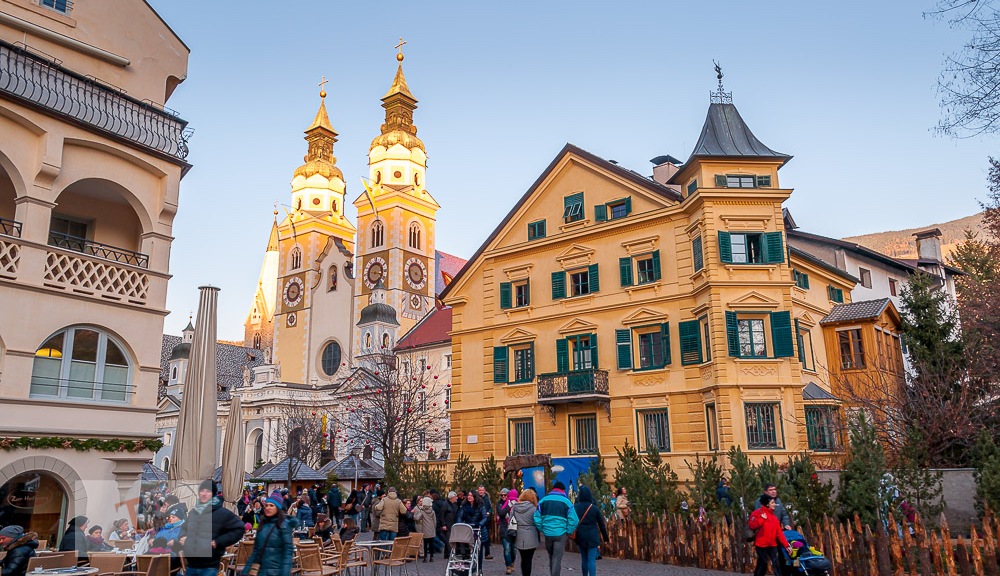Churches, squares, museums, parks, and architectural components, not to mention villas, castles, and fortifications, have all played a role in our city’s history. There are numerous things to see and do in Forlì, “e zitadn,” and many people visit Romagna and what was, for hundreds of years, the most populated city in our beautiful region. Here are some of the highlights.
San Domenico Museums 🎭
The property may be found at 12 Piazza Guido da Montefeltro. It features a spacious parking lot and is conveniently accessible through public transportation. It takes roughly 15 minutes to drive from the A14 exit in Forlì or ten minutes to walk from the railway station. It hosts a variety of exhibitions that draw tourists from all around the world. Palazzo Pasquali, the church of San Giacomo Apostolo, the Dominican Convent, the Augustinian Convent, and the Sala Santa Caterina are the five structures that make up the complex. It contains the Forlì Civic Art Gallery on the inside.
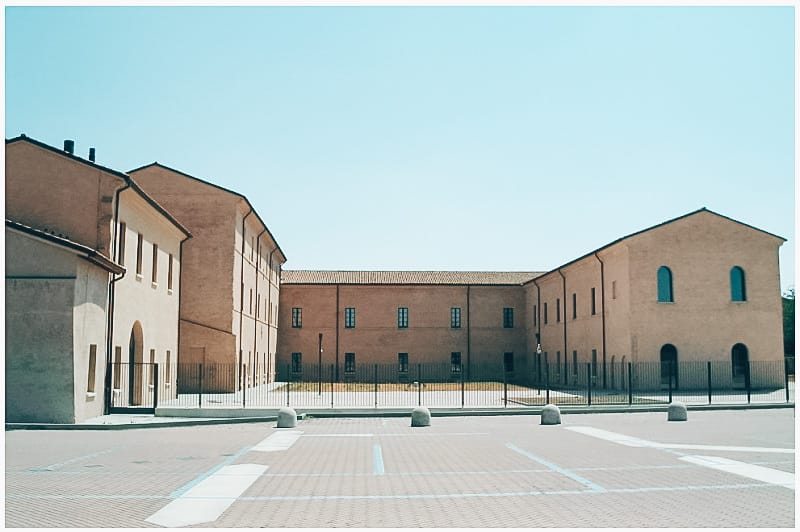
Abbey of San Mercuriale 🕌
The Monastery of San Mercuriale is a Benedictine abbey in Forli’s Piazza Aurelio Saffi. It is the city’s most well-known structure and one of Emilia-icons, Romagna’s with the status of a minor basilica. The abbey’s core section is the San Mercuriale cloister, which is located close to the basilica of the same name. It comprises a central open atrium surrounded by enclosed passageways leading to the convent’s principal rooms. It is situated between Piazza Saffi and Piazza XX Settembre, which is located behind it.

Villa Mussolini 🏯
The house of Benito Mussolini, his wife Rachele Guidi, and their five children is Villa Carpena (or Villa Mussolini), which is located in San Martino in Strada in route Crocetta. It has now been turned into a museum. Long-held by the Mussolini family, it was purchased in 2000 by a pair of Lodi entrepreneurs.
Piazza Aurelio Saffi
The city’s core, the Piazza, is situated in the middle of the four major courses. It is trapezoidal in form, with a length of 128 meters and a width of 87 meters. The monument of Aurelio Saffi lies in the heart of the square, which is bordered by some of the city’s most renowned structures. The square is one of Italy’s largest.

Urban Park “Franco Agosto” 🌲
The Forli “Franco Agosto” Urban Park is a wonderful buddy who is eager to welcome you into its warm arms. It spreads across a broad area that, with its twenty-six hectares, surrounds the city from the ancient walls to the more recent outskirts, and is cool and airy on warm days, evocative and romantic in the severe winter. It is possible to get to the Park from Piazza Saffi by riding a fun tourist train or by cycling along the bike route that runs directly from the city center to the green heart of the city, but there are plenty of parking spaces for those who need to come in luxury. Fans may participate in their favorite activities on the wide green space, which includes grounds for five-a-side football, volleyball, basketball, beach volleyball, and bowls. Games and bouncy castles provide authentic leisure in the middle of nature for the small ones.
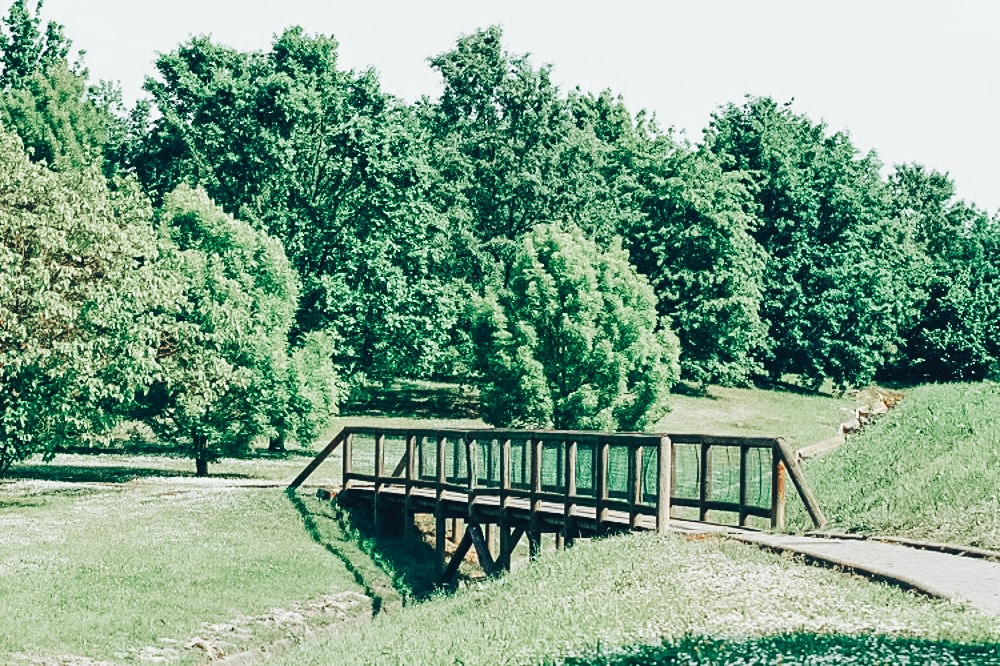
Romagnoli Palace 🏯
Palazzo Romagnoli – Reggiani is named after the Romagnoli family of Cesena, who moved to Forlì from 1806 when Lorenzo Romagnoli was appointed governor of the city during the French administration, and the Reggiani family. Girolamo Lorenzo Reggiani married Virginia, the last descendent, and adopted the Reggiani Romagnoli surname. The building, which the family sold to the municipality in 1965, was used by the Army for a long time as the seat of the military district of the Province of Forlì for medical examinations. Palazzo Romagnoli, a stone’s throw from the San Domenico Museums, now houses the civic collections of the twentieth century, following a recent renovation. The permanent exhibition of the prestigious Verzocchi Collection is on the ground floor, while the first floor features a selection of works, including Morandi’s oils and engravings from the Righini Donation, Wildt’s sculptures linked to the figure of Raniero Paulucci de Calboli, and “La grande Romagna”, pictorial and plastic works representing the vast and composite 20th-century heritage of Forlì.
The dome ⛪
The bishop of the diocese of Forlì-Bertinoro is seated in the cathedral of Santa Croce, often known as “the cathedral of Forlì.” The woodcut of the Madonna del Fuoco, the diocese’s patron saint, can be seen in the left chapel. It is located on the same-named plaza in Forlì’s historic center, and is easily accessible by regular routes.

Sanctuary of Fornò ⛪
“Sanctuary of Santa Maria delle Grazie” is the entire name. It is situated in the Forn hamlet, in the countryside east of Forlì, close to the modern industrial area and Forlimpopoli. Mariacristina Gori described it as “the most peculiar monument in the Forlì region, first and foremost because it adopts a central plan at very early dates, in a very uncommon fashion for a building devoted to the Virgin Mary. Furthermore, the building’s size appears to be exceptional”: the circular plan is 34 meters in circumference.
Rocca of Ravaldino
The Rocca di Ravaldino, also known as the Rocca di Caterina Sforza, is a medieval castle near Forli, Italy. It is presently partly utilized as an exhibition site, while a significant sector houses the city’s jails. It is of medieval origin but was renovated and fortified in the fourteenth century by both the Ordelaffi and Egidio Albornoz and increased throughout the fifteenth century. The jails were established inside the stronghold during the end of the nineteenth century, and they are still there today. With short cylindrical towers and a squat keep with a square foundation, the castle now has an intimidating quadrangular design.
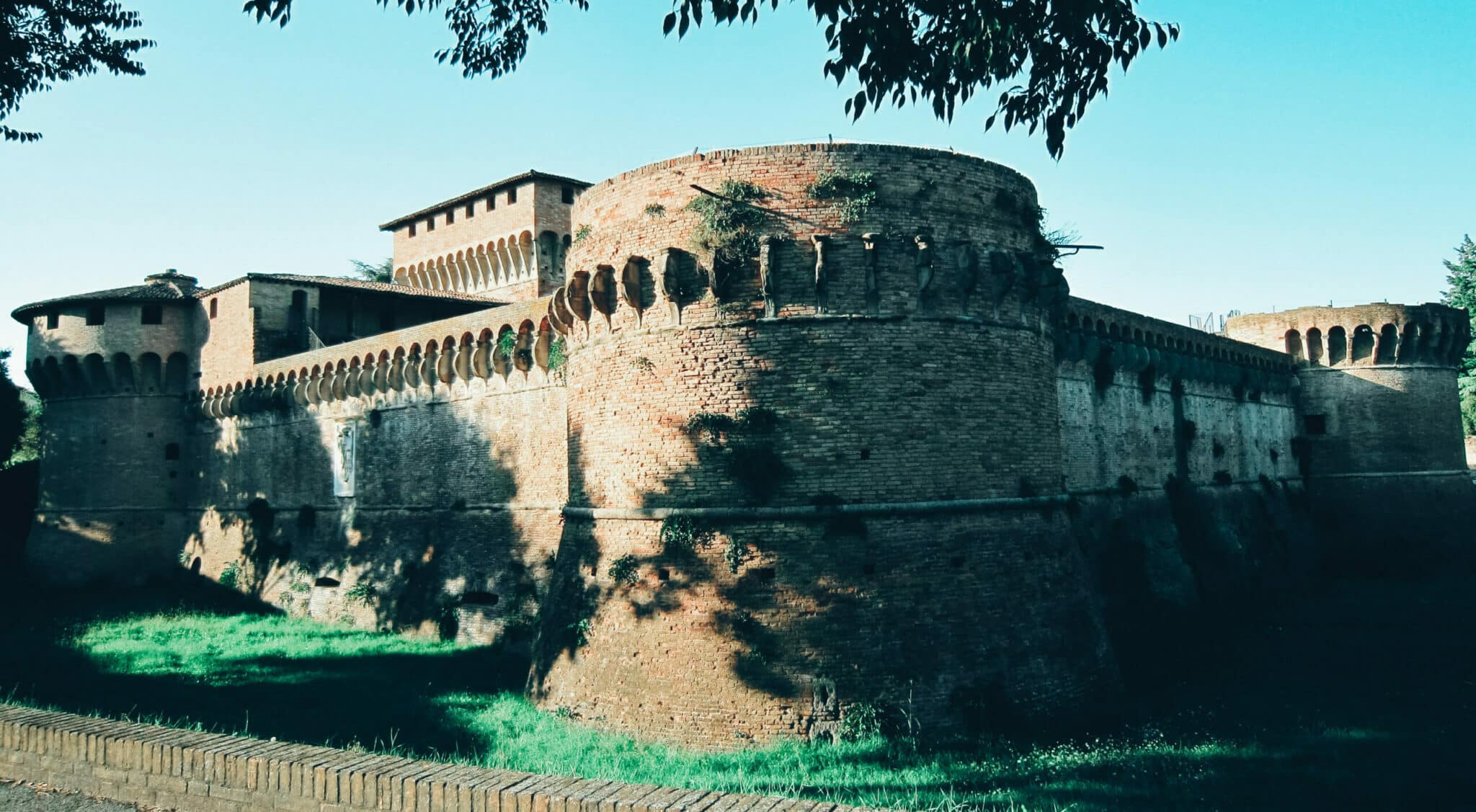
Villa Saffi 🏠
It was the home of the Saffi family, specifically the patriot Aurelio Saffi. Currently, it is a Municipality-owned Museum. The Villa, denoted by the Amaranth sales code name, was the site of secret Carbonari meetings in the nineteenth century. The Mazzinian Aurelio Saffi died there on April 10, 1890, after a protracted stay there. It is located via Firenze, at number 164.

